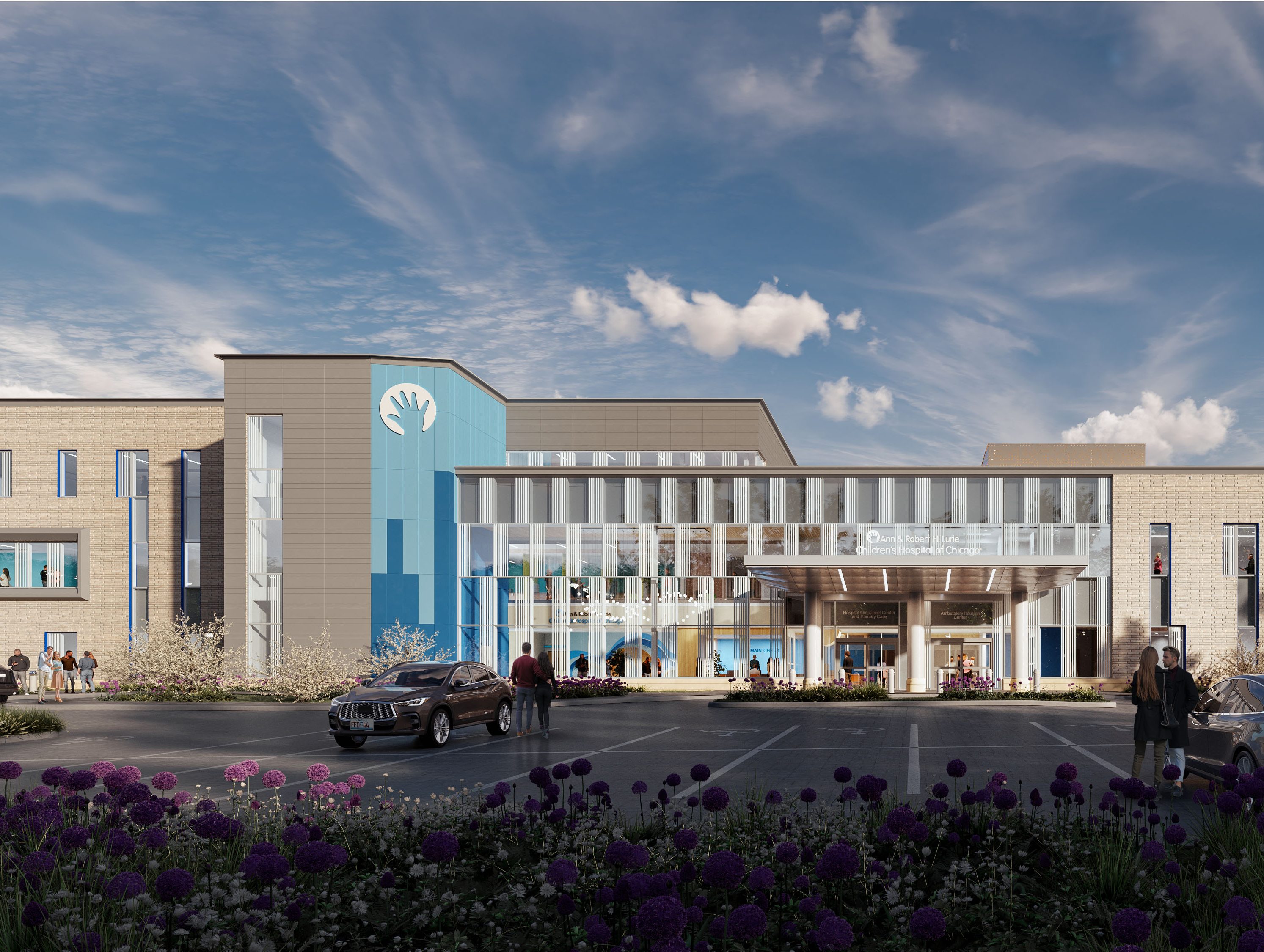What Fuels The Triangle Office Market’s Growth
Underpinned by a strong population growth and a low cost of living, Raleigh-Durham attracts an increasing number of office tenants. Katie Coppins, JLL’s new senior vice president for the Carolinas, provides an outlook on the expanding market.
By Laura Calugar
The Raleigh-Durham office market is on an upswing, showing no signs of cooling off anytime soon. The Triangle attracts tenants looking for highly skilled talent, convenient connectivity and a relatively low cost of living. Durham and Chapel Hill are among the most affordable cities in North Carolina, according to Livability.com research. Infrastructure investments are contributing to the region’s high quality of life. The North Carolina Department of Transportation plans to spend roughly $2 billion over the next three years on an Interstate 540 overhaul and extension.
The attractive business climate is spurring development in the office sector. JLL research shows that properties under construction are averaging a preleasing rate of 50 percent. Raleigh’s The Dillon, an 18-story office tower also offering retail space and apartments, along with the 10-story One Glenwood are close to full occupancy.
Commercial Property Executive asked Katie Coppins, JLL Carolinas’ new senior vice president of brokerage, to reveal some of her insights on the market. Coppins, who has been in the industry for roughly 15 years, also spoke about the trends that are most likely to shape the market in the near future.
Apart from the qualified labor force, what other factors do companies take into account when deciding to invest here?
Coppins: Tenants consider our office rental rates, which compare favorably to gateway markets, but they also consider the cost of residential real estate for their employees and the cost of living overall. Raleigh’s cost of living and quality of life has certainly been an asset in terms of recruiting and economic development. Connectivity is also very important and Raleigh-Durham International Airport is on its way to becoming one of the best connected airports of its size in the nation with the recent addition of several nonstop flights to domestic and international destinations.
Office users also consider culture and what the market offers in terms of amenities for its employees—professional and college sports, performing arts, festivals, events, recreation. That’s an important part of the Triangle’s appeal as well. Companies will also look at specific industry concentrations and how that might benefit them from a hiring perspective, and then early stage companies or entrepreneurs will also consider the environment for start-ups, which is very healthy and supportive here.
What determines companies to remain in the market?
Coppins: The Triangle allows companies to capitalize on the growth occurring in the Southeast, providing them a strategic location on the East Coast, and it also boasts a globally recognized technology and life science community. In JLL’s 2018 Life Sciences Outlook report, which ranks the top life sciences geographies in the country, Raleigh-Durham ranked fourth, behind only Boston, San Francisco and San Diego. We also have one of the largest research parks in the world, Research Triangle Park, and an incredible talent pool driven by top research universities including Duke, UNC-Chapel Hill and N.C. State. Nearly 48 percent of Millennials in Raleigh-Durham have a bachelor’s degree or higher, making it a top 10 metro for Millennial education attainment.
How is the Triangle’s low unemployment rate influencing the region’s office market?
Coppins: One of the Triangle’s advantages is its ability to attract talent and that’s helping office tenants keep up with hiring demands and, in turn, supporting demand for space and driving new construction starts. Over the last 12 months, the metro’s labor force added 20,000 workers. A large part of that growth is due to the number of people relocating to the area from other markets.
Which submarkets in the region are the most sought-after?
Coppins: Based on leasing activity tracked by JLL research, the most active submarkets in the Triangle are downtown Raleigh and downtown Durham, followed by RTP/RDU, Cary, West Raleigh and Six Folks/Falls of Neuse. The RTP/RDU submarket is our largest, with 13.6 million square feet of office space. While rental rates tend to be lower there due to older product, demand remains among the highest in the market due to its central location.
How are Raleigh-Durham office rental rates compared to other secondary markets in the country?
Coppins: When you look at secondary markets overall, our average rental rates are somewhere in the middle. We’re less expensive than Portland, Austin, Denver, Charlotte, Philly, Phoenix, Atlanta and Baltimore, but we’re more expensive than markets like St. Louis, Indianapolis, Columbus, Orlando, Richmond and Louisville.
 Demand for office space continues to be high. What can you tell us about absorption?
Demand for office space continues to be high. What can you tell us about absorption?
Coppins: New supply is being absorbed quickly. We’re experiencing record-breaking tenant demand and it’s keeping up with new deliveries.
How is demand for coworking space performing?
Coppins: Coworking space continues to be a good option for a number of companies and coworking operators are responding to that demand. Over the last two years, coworking companies have accounted for more than 250,000 square feet of leasing activity in Raleigh-Durham, according to JLL research. A lot of the activity in coworking facilities comes from growing companies and sometimes well-known corporations looking to put an outpost in the market and get boots on the ground while they determine their space needs.
Is there anything that office market investors in the Raleigh-Durham area should be worried about going forward?
Coppins: Investors are cautiously optimistic, recognizing that we’ve experienced explosive growth in the Triangle and understanding that it will inevitably cool off a bit. JLL research is tracking another 10 proposed office buildings in the pipeline, but I think investors and developers are more bullish on potentially raising rental rates in their existing product versus breaking ground on something new in the absence of a substantial prelease.
We are nearing the longest economic expansion period in history. What do you expect for the year ahead?
Coppins: We’re projecting a landlord-favorable market over the next 18 months, characterized by low vacancy rates and rising rental rates. The issue for tenants right now is that it’s a bit of a space race and office users need to move quickly in order to secure space and avoid getting bumped. Tenant credit determines how quickly a transaction can be completed, so that’s critically important in a tight market like this.








You must be logged in to post a comment.